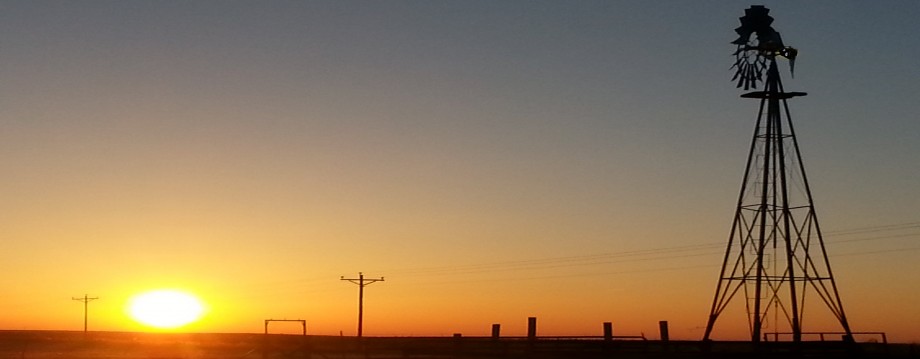On this day in church history, 1837, the Plan of Union was abrogated by the Presbyterian Church (USA) General Assembly, meeting at the Central Presbyterian Church in Philadelphia. The Plan of Union was made in 1801 as an agreement between the Presbyterian Church and Congregational Churches to work together for planting churches in the west. The Baptists and Methodists were outrunning both, establishing churches among formerly Presbyterian or Congregational settlers at a wildfire pace. For them, it was enough to find a man with gifts, give him a Bible and one or two other books, put him on a horse, and smack the horse’s rear, sending him forth to preach and plant churches! With their emphasis on an educated ministry, the Presbyterians and Congregationalists just could not compete. It took them years to churn out a minister. But they felt that there could be synergistic gains by working together. After all, both denominations were Reformed, Calvinist, and Paedo-baptizers, with an emphasis on simple and reverent worship. It seemed like a good idea. And the Presbyterians were badly in need of ministers. The majority of Presbyterian pulpits in the west were vacant. They did not have the institutional strength of the Congregational churches such as the seminaries Harvard and Yale, (to which many Presbyterian students already went), nor the amount of giving to home missions and pool of young candidates that New England had. The Presbyterians needed Congregational money and young men! Men licensed to preach would go out and establish congregations, whether Congregational or Presbyterian, and the church plants could decide later upon being duly constituted, whether they were going to be Presbyterian or Congregational. Presbyterian ruling elders or Congregational committeemen could join together in the regional presbytery/association in the mission regions.
A few decades later, the agreement was ended. The Presbyterians to this day lament the New Haven Theology that came into the western presbyteries through men educated at Yale, and the Congregationalists lament that so much of their own members’ treasure and sons, in the end, had planted in the west, not so many Congregational as Presbyterian churches. As the Rev. Mr. Lawrence proclaimed (to laughter) at the General Convention of Congregational Churches in Albany, New York, 1852, “They have often come from the West to our New England, and ranged over our fat pastures, and borne away the fleeces from our flocks; they have milked our Congregational cows, but they have made nothing but Presbyterian butter and cheese.”


 When the Confederate Army cannonaded Ft. Sumter on April 12, 1861, opening the Civil War, it turned out to be a moment that crystallized the patriotic feelings of many Americans in defense of the Union. Sumter awoke a sleeping giant. It was on of those “rally around the flag” moments that the South had probably not expected it to be, when people across the Union who were previously apathetic or ambivalent about the political disputes between North and South felt a rush of anger over what the South had done, and a desire to preserve the Union. Reading about this turn of events reminds me of the patriotic response many Americans exhibited during the First Gulf War, when Lee Greenwood soared to the top of the charts with his perennial favorite, “God Bless the USA”, and later, the aftermath of the terrorist attacks on September 11, 2001 when Union flags seemed to fly on every car antenna in a surge of patriotic feeling.
When the Confederate Army cannonaded Ft. Sumter on April 12, 1861, opening the Civil War, it turned out to be a moment that crystallized the patriotic feelings of many Americans in defense of the Union. Sumter awoke a sleeping giant. It was on of those “rally around the flag” moments that the South had probably not expected it to be, when people across the Union who were previously apathetic or ambivalent about the political disputes between North and South felt a rush of anger over what the South had done, and a desire to preserve the Union. Reading about this turn of events reminds me of the patriotic response many Americans exhibited during the First Gulf War, when Lee Greenwood soared to the top of the charts with his perennial favorite, “God Bless the USA”, and later, the aftermath of the terrorist attacks on September 11, 2001 when Union flags seemed to fly on every car antenna in a surge of patriotic feeling.
 nstitute the Presbyterian family in America hold a place of great importance in the religious life of the nation. American Presbyterianism has been of weight beyond its numerical strength through the services it has rendered to theological science, the interest it has maintained in Christian doctrine, the high standard of intelligence it has set up for both its ministry and its people, its capacity to develop strength of character, its superior family discipline, and its conservative influence upon the national life.
nstitute the Presbyterian family in America hold a place of great importance in the religious life of the nation. American Presbyterianism has been of weight beyond its numerical strength through the services it has rendered to theological science, the interest it has maintained in Christian doctrine, the high standard of intelligence it has set up for both its ministry and its people, its capacity to develop strength of character, its superior family discipline, and its conservative influence upon the national life.

